Trying to generate photographic and cinematic masterpieces in Midjourney?
Jos Avery @averyseasonart gained 50,000 Instagram followers in just seven months by using Midjourney to create photorealistic portraits.
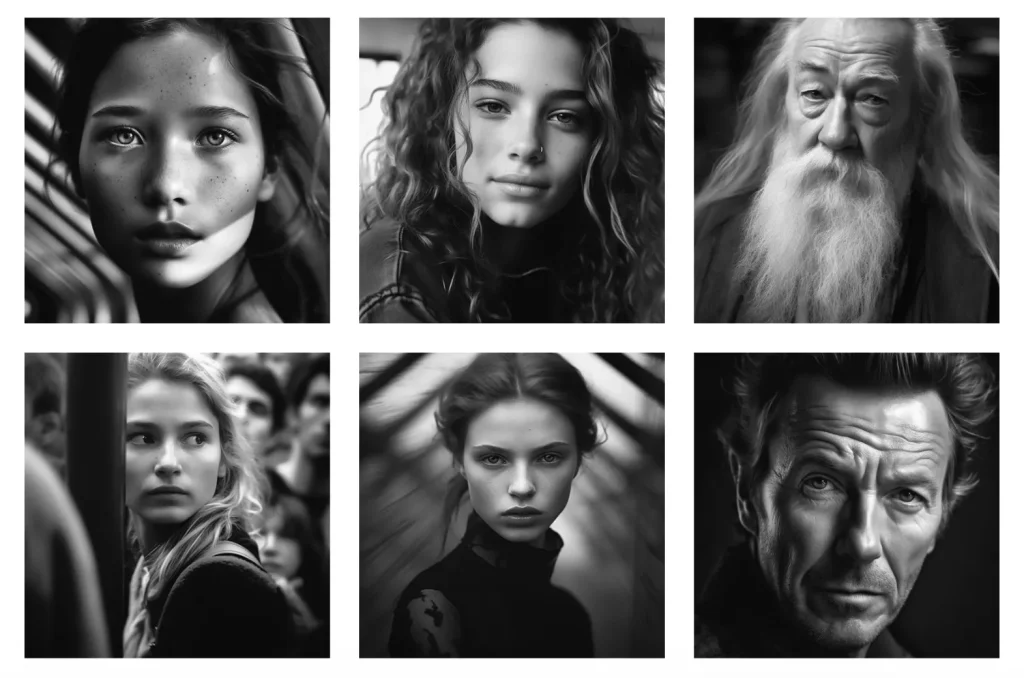
While some praised Avery' images for their beauty, others criticized Avery for using AI (Avery was upfront about Midjourney use from the beginning).
No matter where you stand on the issue, you have to concede that the shots are not only visually appealing, but also evocative and poignant.
In this guide we'll go through how to create shots like this, as well as a wide range of other photographic styles.
This post features both V5 and V5.2 prompts.
For more highly-practical prompts, check out the Logo Design Prompt Guide and the Architecture Prompt Guide. Also be sure to check out the Photorealistic People Prompt Guide.
Getting Started
- The 4:3 aspect ratio is by far the most common aspect ratio in digital photography, followed by 16:9 and 3:2. We'll be using all of these aspect ratios in the prompts below with Midjourney's
--ar. - Check out this full list of Midjourney commands with examples.
Lighting Effects
Here is a list of lighting effects commonly used in photography and cinematography, and how to recreate them with Midjourney:
Key lighting
A key light is the primary light source of the scene. It is the most intense and direct light source. Generally, the key light will illuminate the form of the subject.
Usually you will get strong key lights with [studio portraiture] and [studio photography].
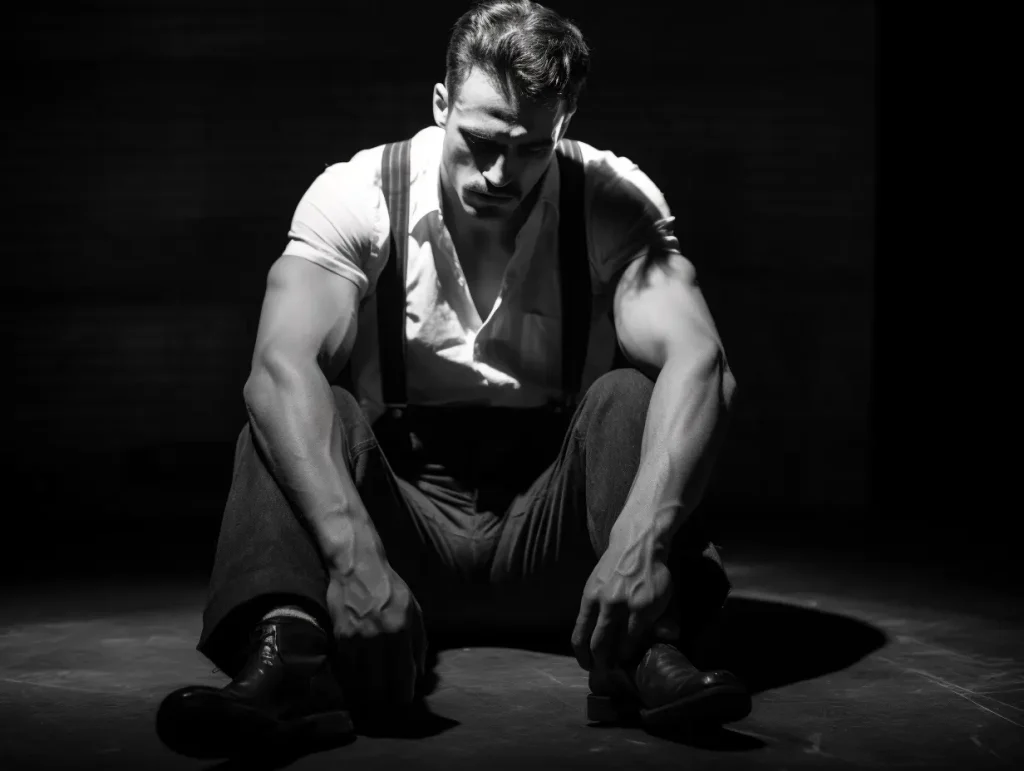
a black and white photo of a man sitting on the floor, in the style of tom of finland, studio portraiture, john lurie, sony alpha a1, george stefanescu, portrait, performance --ar 4:3
photo portrait of a woman sitting, studio portaiture, john lurie, sony alpha a1, studio portrait, performance --ar 4:3Backlighting
A backlight hits an actor or subject from behind, separating the subject from the background. They give more shape and depth. Backlights help the shot feel three-dimensional and add a lot of drama.
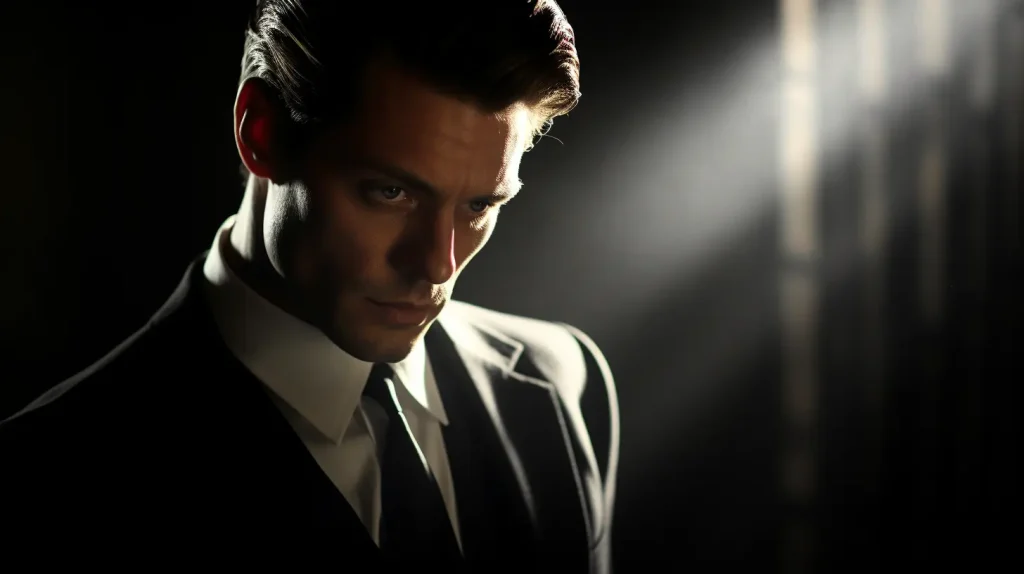
strong backlighting backlit, the great delon, in the style of film noir, deconstructed, tailoring, creative commons, brooding, dappled --ar 16:9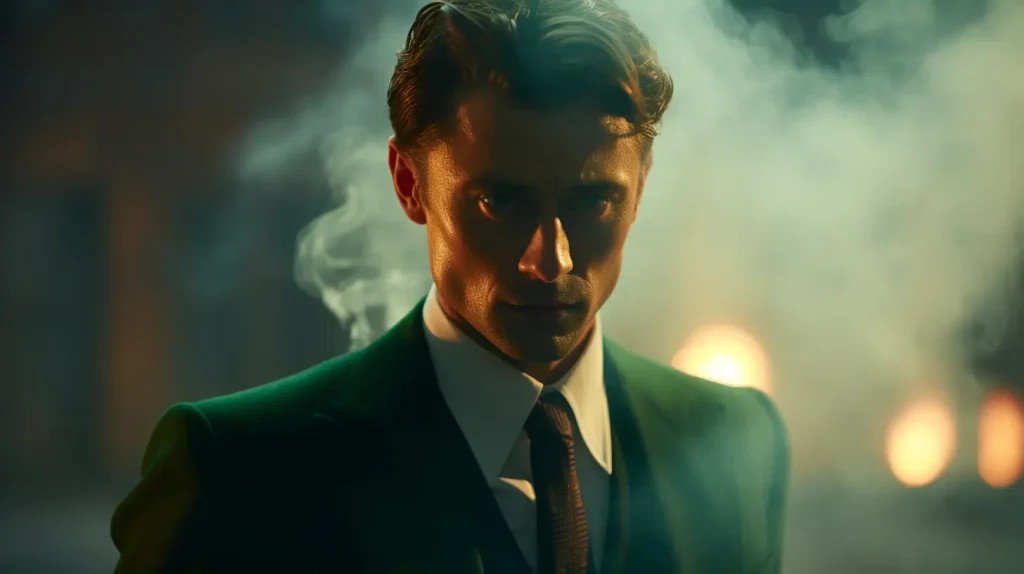
a man in a brown blazer standing in front of smoke, backlit, in the style of gritty hollywood glamour, light brown and emerald, movie still, emphasis on facial expression, robert bevan, violent, dappled --ar 16:9Silhouette Lighting
Silhouette lighting happens when the subject is backlit, resulting in a darkened subject with a well-defined outline against a brighter background. It can create a sense of mystery, drama, or emphasize the shape or form of the subject.
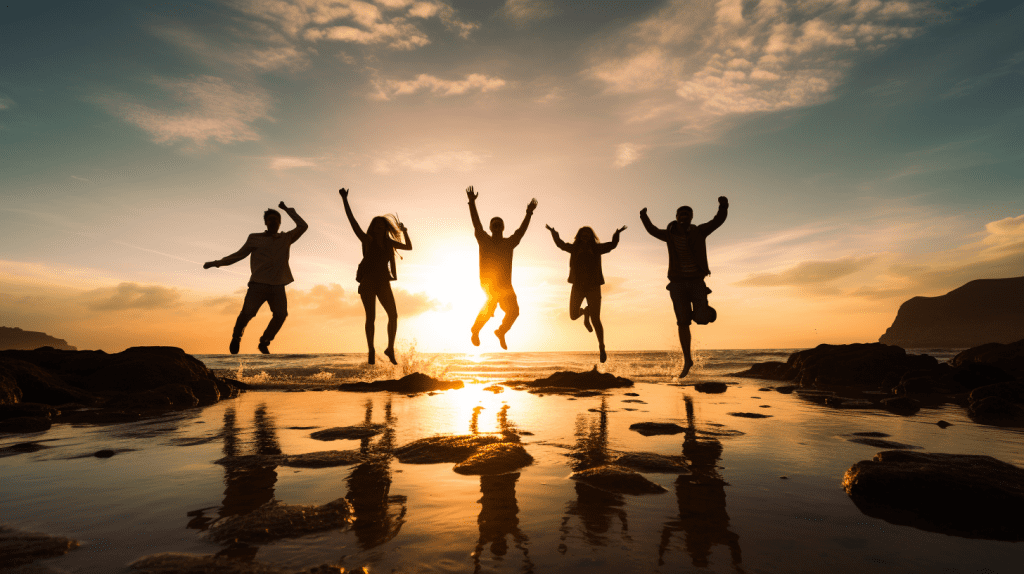
golden hour, silhouette of friends jumping up on the beach for a photograph --ar 16:9
golden hour, silhouette of a man walking his dog on the pier --ar 16:9Rembrandt Lighting
Named after the famous painter, Rembrandt lighting is when you position the light so that there is a small triangular highlight under the subject's eye, on the shaded side of their face. It creates a dramatic and classic look.

asian woman, Rembrandt Lighting --ar 16:9Putting [Rembrandt] anywhere in your prompt will produce subjects and costumes reminiscent of Rembrandt paintings. You can counteract this with Midjourney's negative prompt by typing [--no painting].
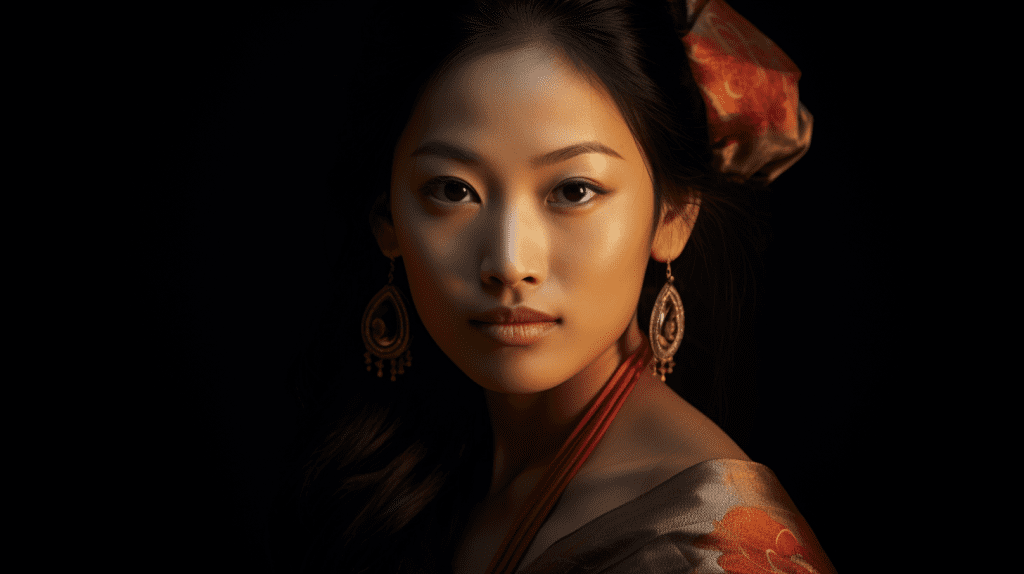
asian woman, Rembrandt Lighting --no painting --ar 16:9Rim Lighting
Similar to backlighting, rim lighting involves placing a light source behind the subject, but at a lower angle. It creates a narrow, glowing outline around the subject, and can be used to create an angelic effect.

girl looking up, nostalic and hazy, rim lighting, dark composition --ar 16:9
rim lighting, a couple looking at each other, photograph by Robert Capa --ar 4:3Natural Light Effects
Sunny
Sunlight can the capture beauty and energy in your subjects.

photo of a girl playing volleyball at the beach, afga vista 200, sunny --v 5.2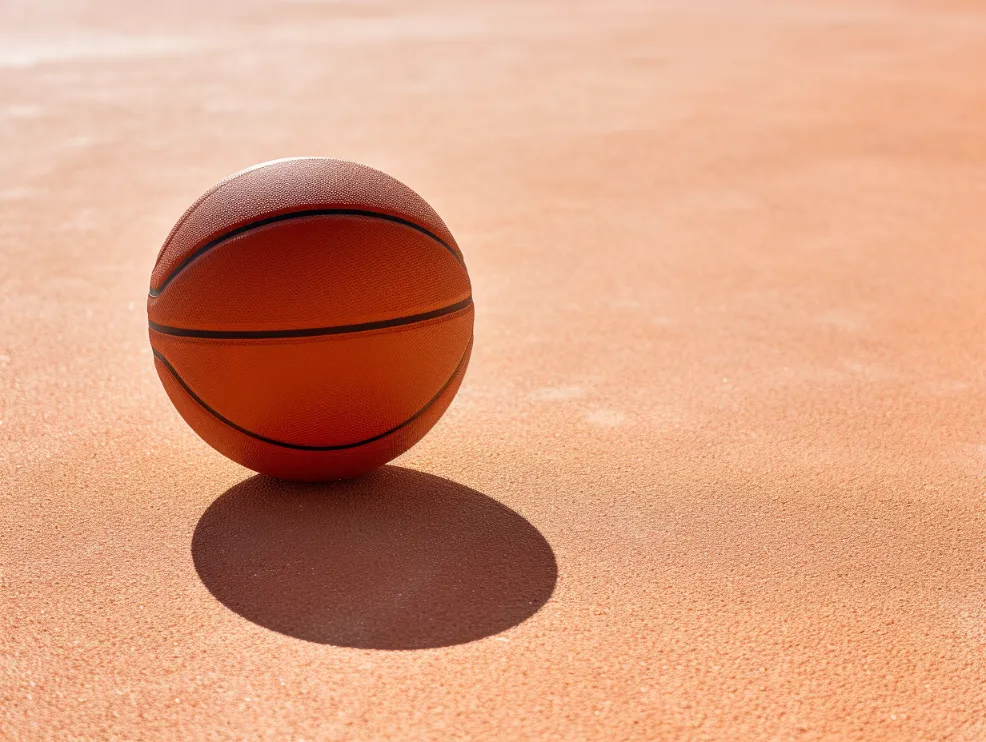
photo of a ball on the ground at open basketball court, afga vista 200, sunny --v 5.2 --ar 4:3Snow
Snow in image generation can result in a cozy and romantic atmosphere. The soft, diffused light of a cloudy winter day can create flattering and natural lighting for the subject.
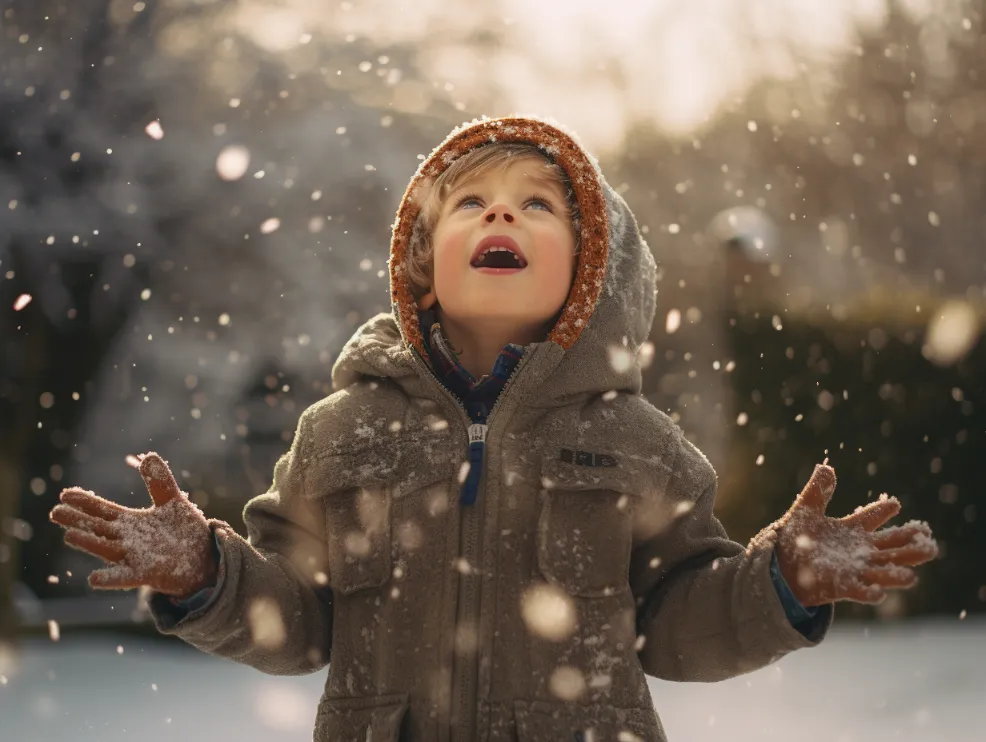
photo of a kid playing , snow filling the air --ar 4:3Overcast
Overcast lighting in photography is soft, diffused, and even, with no harsh shadows or bright highlights. This type of lighting can be great for creating a moody or contemplative atmosphere.
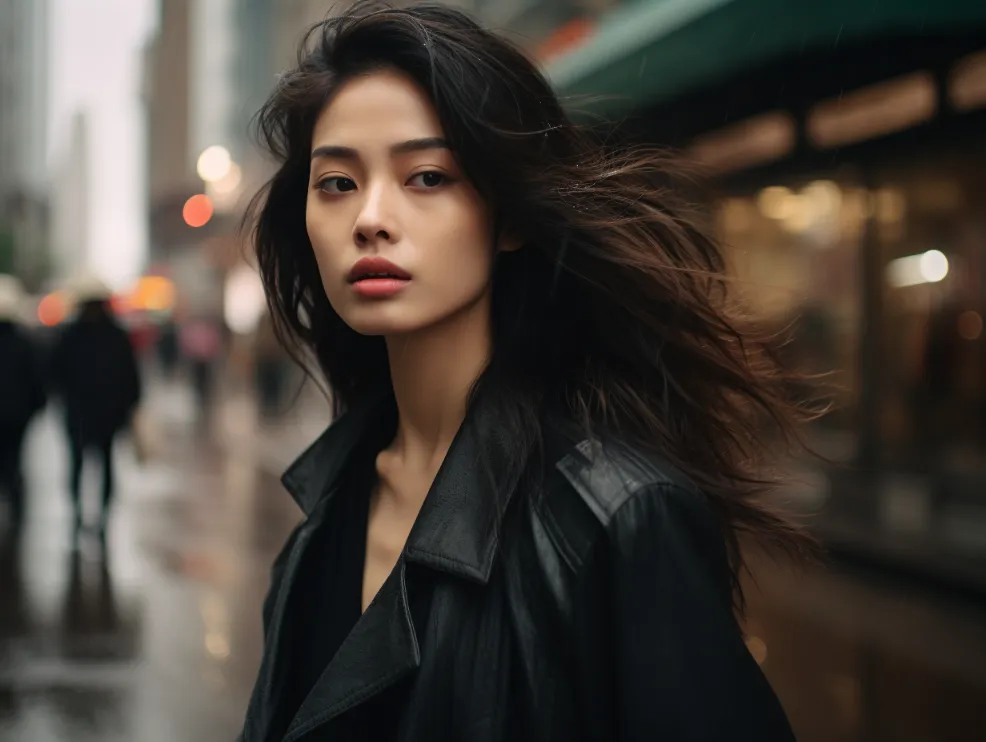
photo of an Asian model passing by at the streets, agha vista 200, overcast --ar 4:3 --v 5.2Hazy
[Hazy] creates a dreamy and atmospheric effect.

retro style photo of a man, nostalgic and hazy --ar 4:3 --v 5.2Foggy
Use fog and foggy light prompts can create an intriguing and mysterious atmosphere.

retro style photo of a man, shot on agfa vista 200, foggy --v 5.2 --ar 4:3Time of the Day
Sunrise

construction worker, kodak, photograph sunrise --ar 4:3 --v 5.2Golden Hour
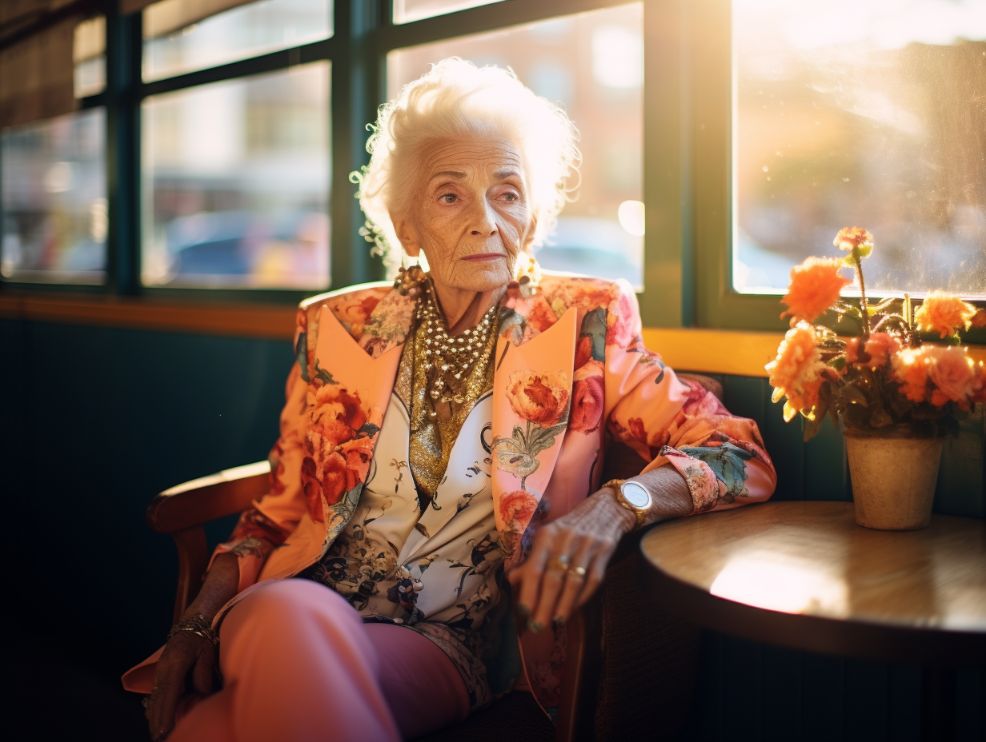
elderly women wearing a floral patterned blazer sitting in cafe, golden hour lighting --ar 4:3 --v 5.2Dusk

man walking dog at dusk --ar 4:3 --v 5.2Sunlight Streaming Lighting
The lighting you would observe if you were walking through the forest on a bright day.

woman in white gown walking through forest:: sunlight streaming::1.5 --ar 4:3This prompt makes use of prompt weights to emphasize the latter part.
Camera Angles
Eye Level Shot
First is the eye-level shot, where your subject is at eye-level. An eye level shot can result in a neutral perspective, and this mimics how we see people in real life — our eye line connecting with theirs.
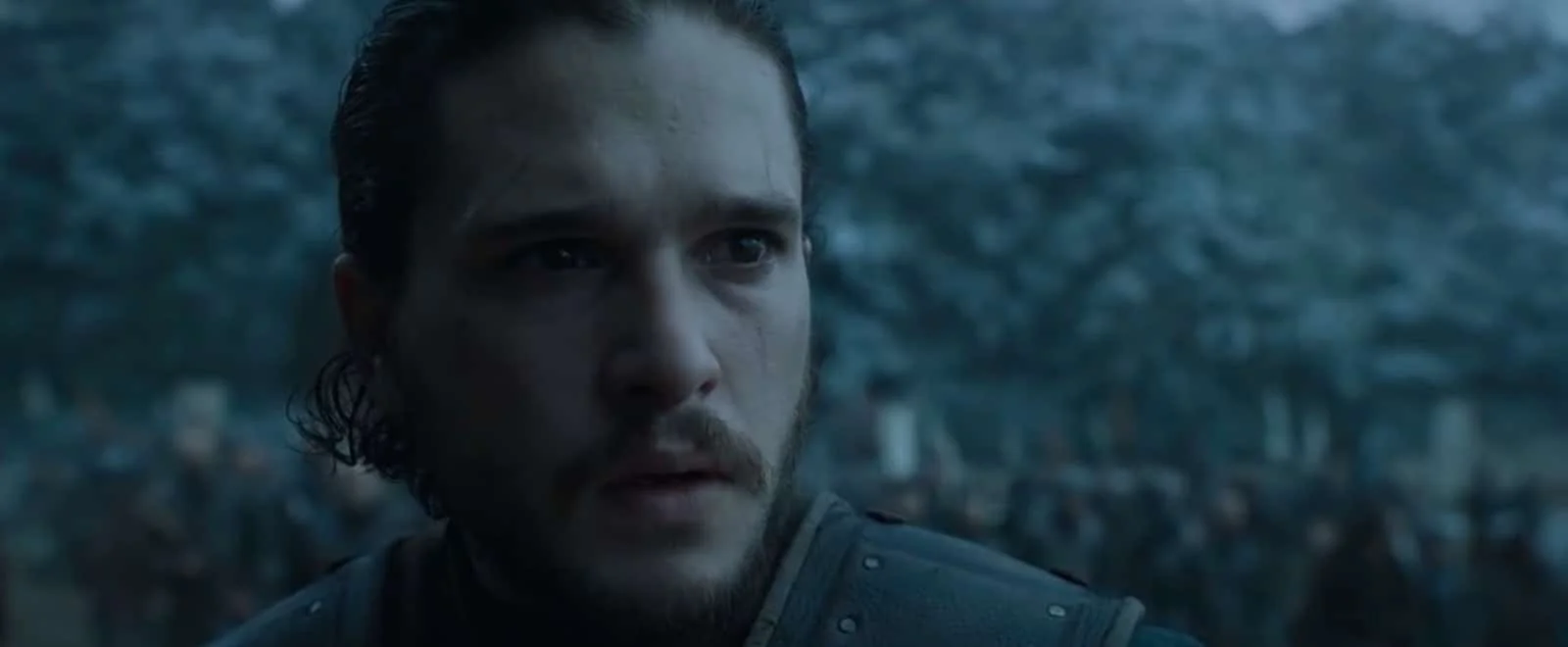
In films, eye level shots are actually much less standard than one might initially think, because directors often prefer to place the camera at shoulder level to attain a much more cinematic look.
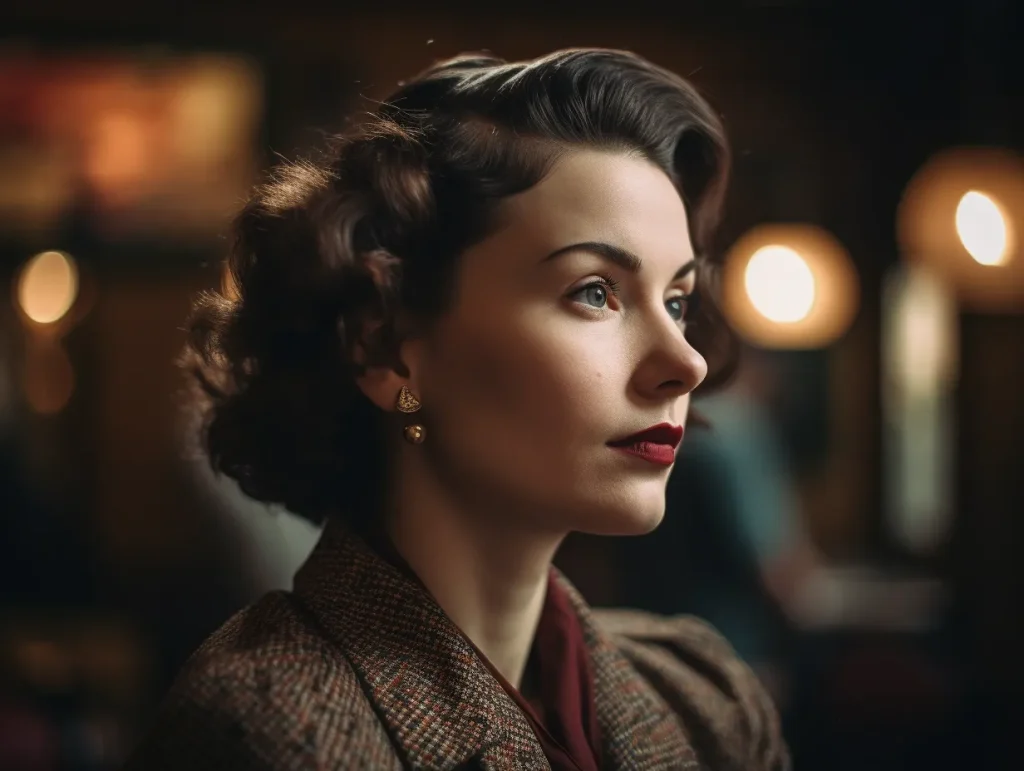
Retro style side-angle view photo of a woman, shot on Fujifilm Pro 400H --v 5 --ar 4:3
Side angle of a 20 year old yakuza at coffee shop, shot on Afga Vista 400, diffused lighting --v 5.2
Side angle shot of a 20 year old girl in library, shot on Afga Vista 400, rim lighting --v 5.2 --ar 16:9Low Camera Angle
Any shot that finds itself below a subject's eyeline is a low-angle shot.
It is usually used to create a unique perspective and add visual interest to the image.
Try "low camera angle" or "shot from below".
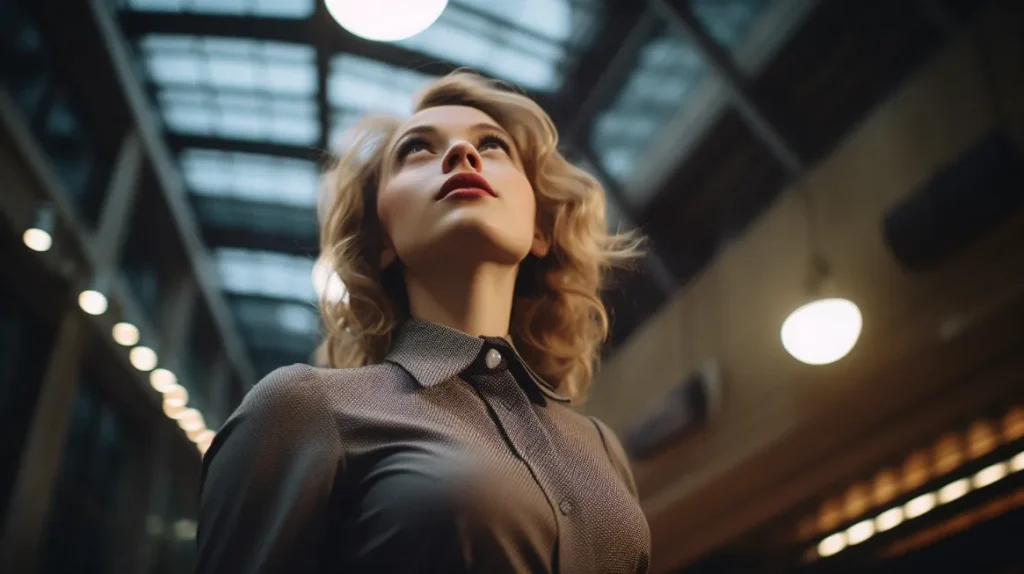
Retro style low-angle photo from below of a woman, shot on Fujifilm Pro 400H --v 5.2 --ar 16:9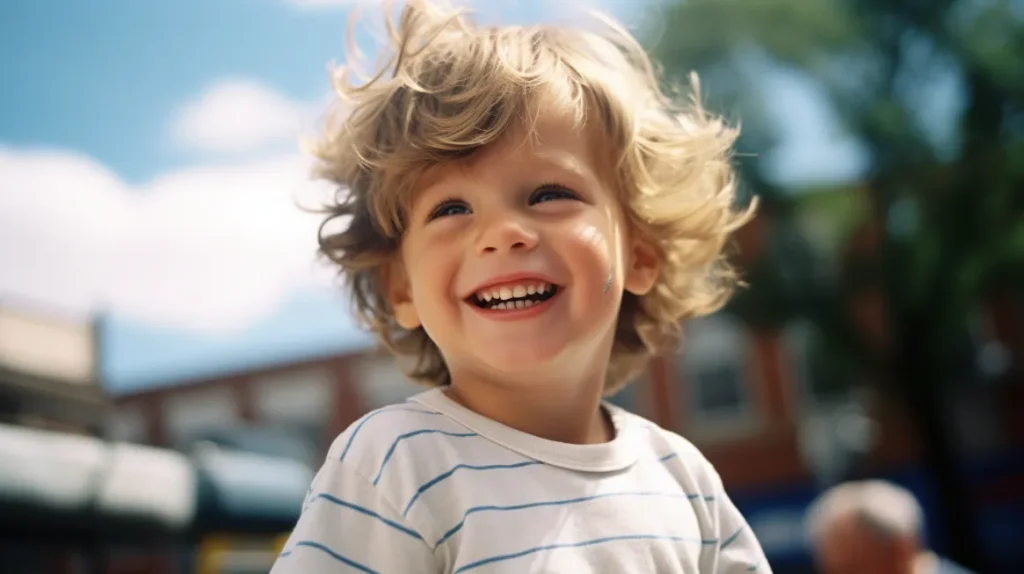
low-angle view of a smiling 2-year-old boy. Kodak Ektachrome E100 --v 5.2
low-angle photo from below of an old couple holding hands at Park, Kodak Ektachrome E100 --v 5.2 --ar 3:2High Camera Angle
High Camera Angle creates a sense of intimacy as the viewer is placed in close proximity to the subject. It's perfect to highlight expressions and emotions or to showcase the details of an object.

Retro style high-angle photo of a woman, shot on Fujifilm Pro 400H --v 5.2 --ar 16:9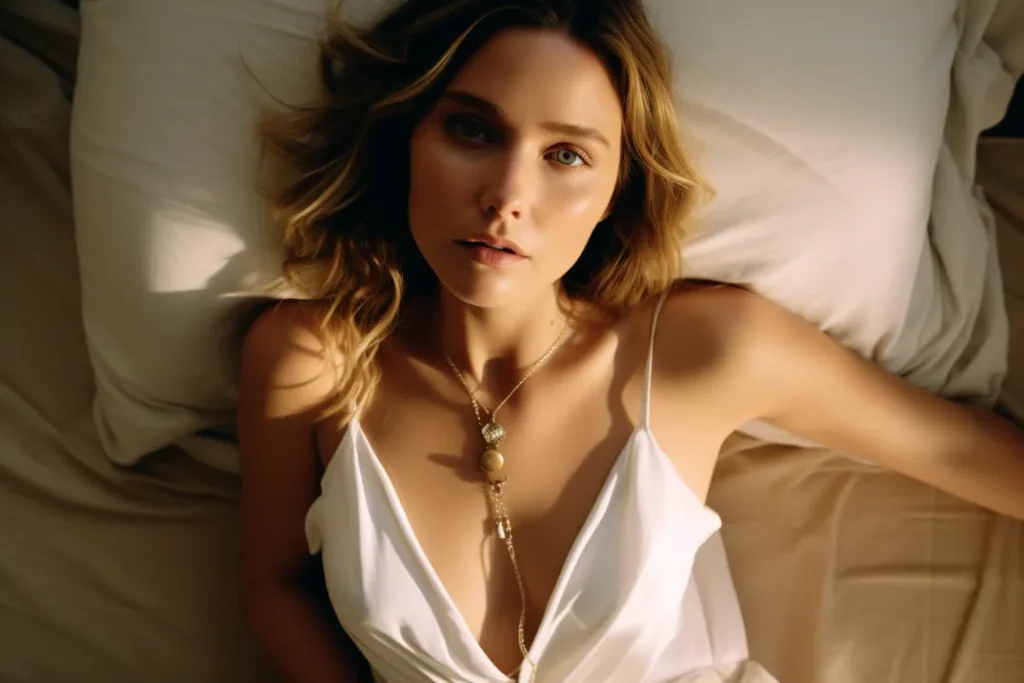
High-angle photo from above of Elizabeth Olsen, wearing a white dress, gold necklace, shot on Lomography Color Negative 800 --v 5.2 --ar 3:2
High angle photo of an astronaut in space looking at earth --v 5.2 --ar 3:2Bird Eye Angle / Drone Shot
This angle can be used to create a sense of detachment or abstraction from the subject, as it appears smaller and less significant in the frame. It also uses to showcase the layout or pattern of buildings, streets, nature, and other man-made structures. Just like in these pictures!
You can also use [Drone Shot], [Bird's eye view] or [Aerial perspective] prompt
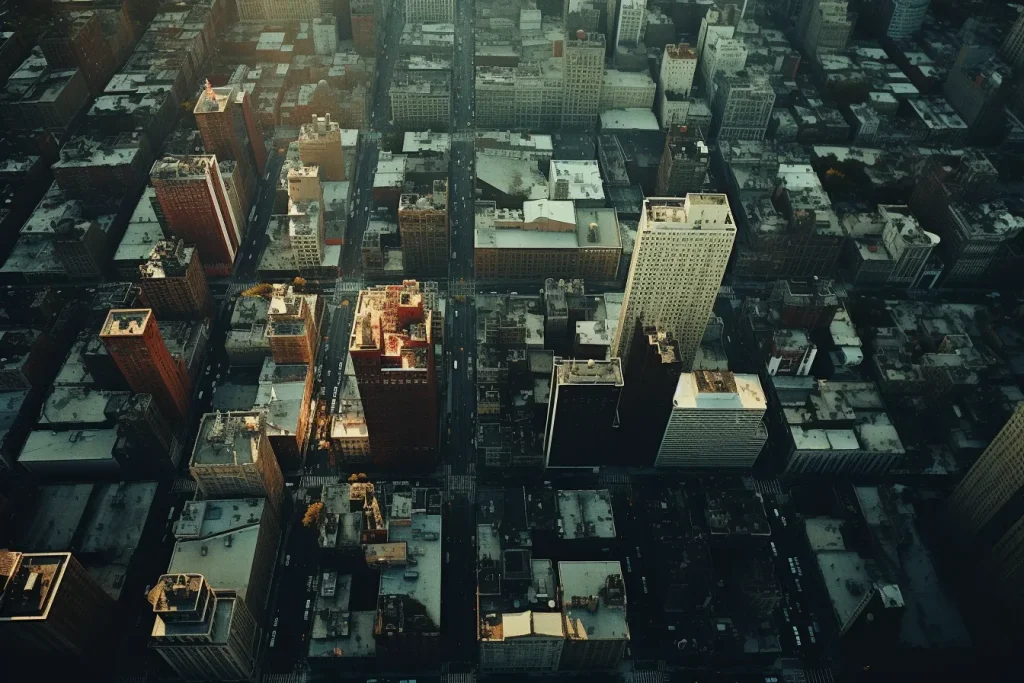
Drone shot photograph of New York City, shot on Lomography Color Negative 800 --v 5.2 --ar 4:3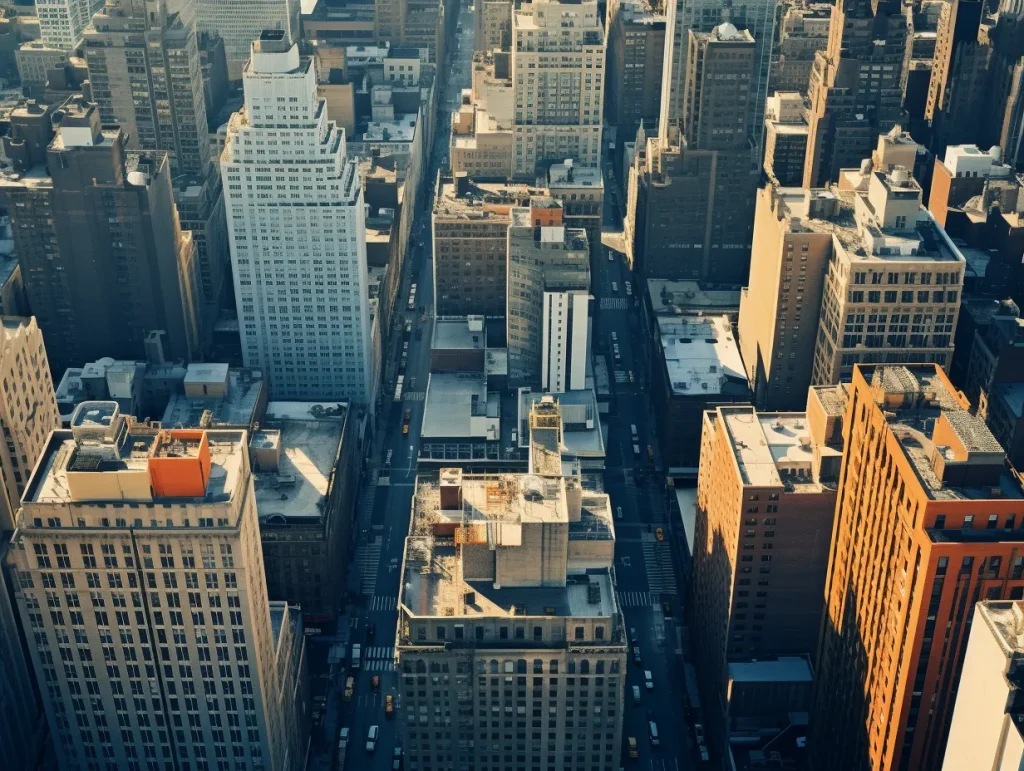
A bird-eye shot photograph of New York City, shot on Lomography Color Negative 800 --v 5.2 --ar 4:3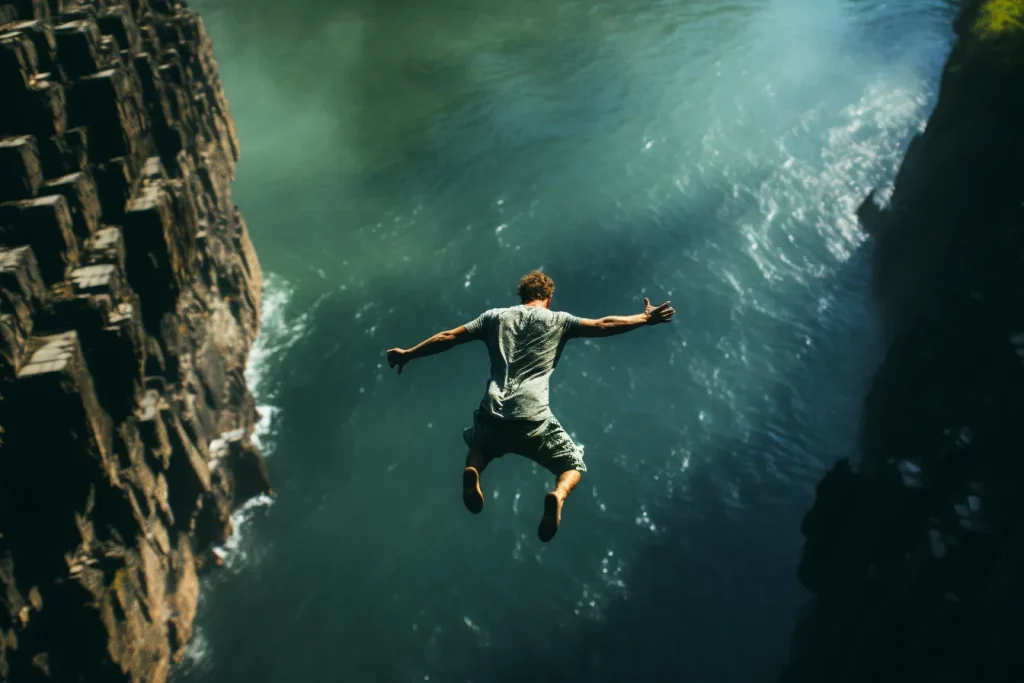
A bird-eye shot photo of a man jumping at the cliff of waterfalls, shot on Lomography Color Negative 800 --v 5.2 --ar 3:2Back Angle
Using a back angle in photography shots can capture the subject's interaction with the surroundings and provide the viewer with a better understanding of the context. Which is most commonly used for street photography.

back view of a woman walking at Shibuya Tokyo, shot on Afga Vista 400, night with neon side lighting --v 5.2 --ar 16:9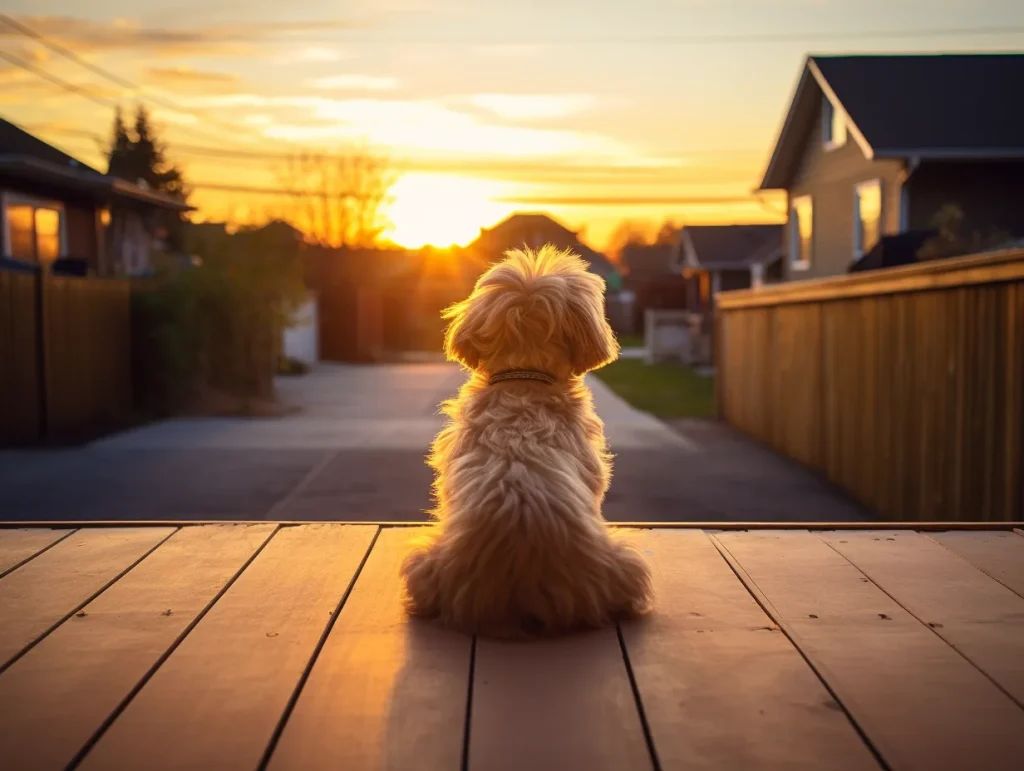
Back view of a dog while waiting for his owner outside the house, shot on Afga Vista 400, sunset --ar 4:3 --v 5.2
back view of a mother, father and, a baby in the middle walking at the park full of cherry blossom, shot on Lomography Color Negative 800 --ar 4:3 --v 5.2Shot Types

- Closeup Shot
- Medium-Long Shot
- Full-body shot
Closeup Shot / Portrait
Close-up shots are widely used in portrait photography to capture the subject's expression and emotions. By using a close-up shot, the generated photography will create a sense of engagement and connection.
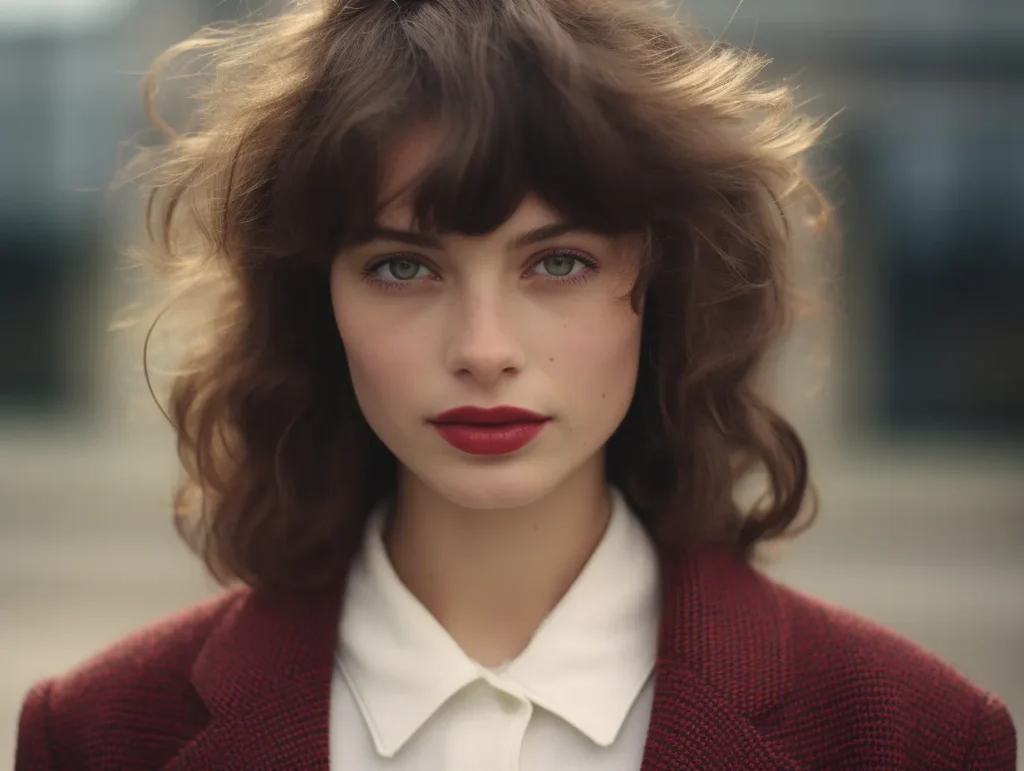
closeup shot of a classy 1980s british girl, shot on afga vista 400, natural lighting --v 5.2 --ar 4:3
closeup shot of a newborn baby carried by the mother, natural lighting, shot on Kodak Gold 200, shot by Yousuf Karsh --v 5.2 --ar 4:3
closeup shot of street-style man smoking cigarette, shot by Annie Leibovitz --v 5.2 --ar 4:3Medium Shot
The medium is commonly used in portrait, fashion, and environmental photography to provide context.

upper body photo, of a russian model, retro, by Jimmy Nelson, diffused lighting --v 5.2 --ar 4:3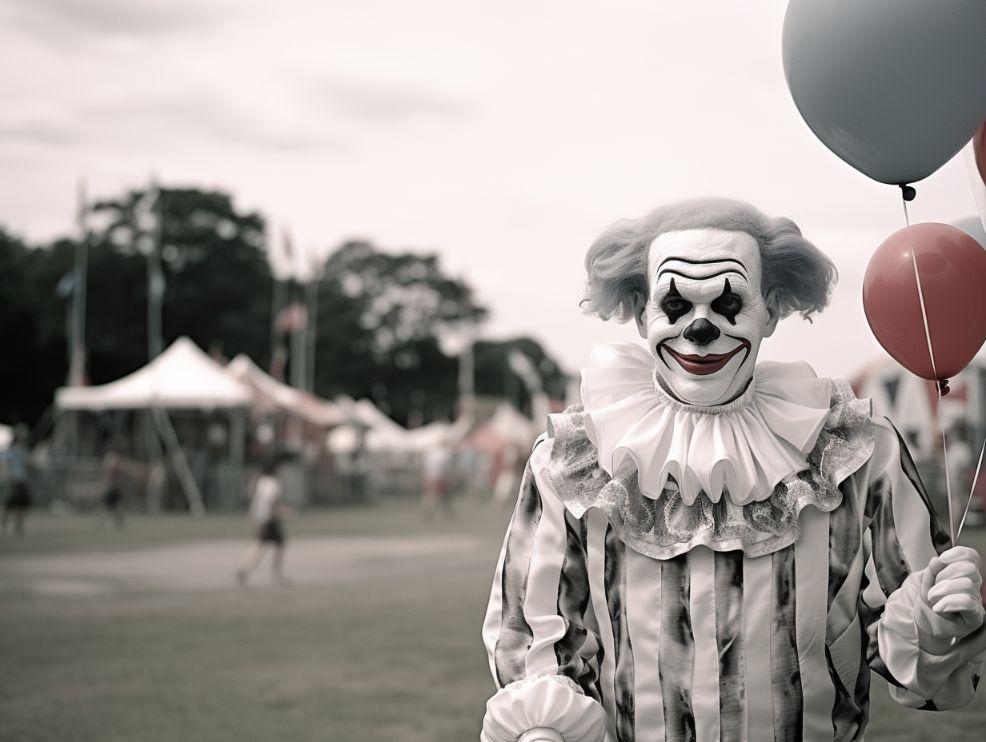
medium shot of a clown holding a balloon at a carnival park, shot on Fujifilm Neopan Across 100 --v 5.2 --ar 4:3Full-body Shot
By using a full-body shot, you are able to create a sense of scale and perspective. It can give you a sense of the subject's size, height, and location. This is most commonly used with architectural and landscape photography that showcases the scale of buildings, landmarks, or natural scenery.

full body shot of a clown holding a balloon at a carnival park, shot on Fujifilm Neopan Across 100 --v 5.2 --ar 4:3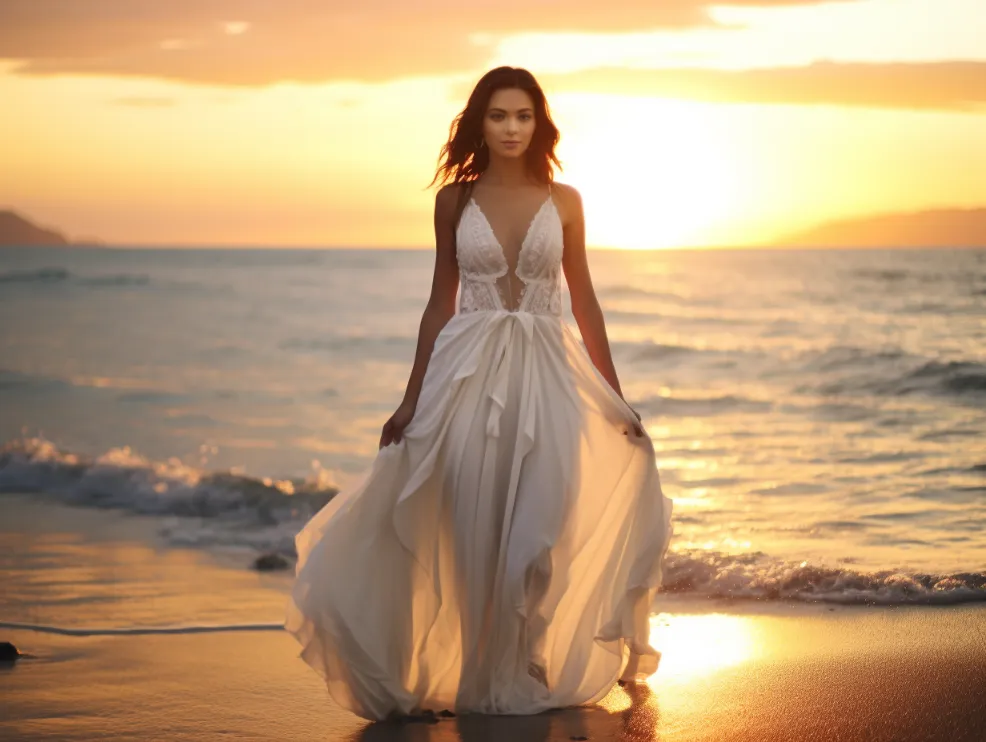
full body prenup shot of a woman beside the beach wearing white gown, afga vista 400, sunset --v 5.2 --ar 4:3Retro Camera/Film Effects
Each camera and film type has its own unique characteristics and properties.
We don't claim that every camera name, photograph setting name and film name will have an effect (most don't).
You can use the /shorten command to analyze which ones matter.
Here are some cameras and film effects to try:
- Tri-X
- Daguerreotype
- Konica Infrared
street photo of Paris with the Eiffel Tower, natural lighting, medium, full frame, spring, shot on agfa vista 200, --v 5Tri-X
Tri-X is a black and white film type that produces a nostalgic look.
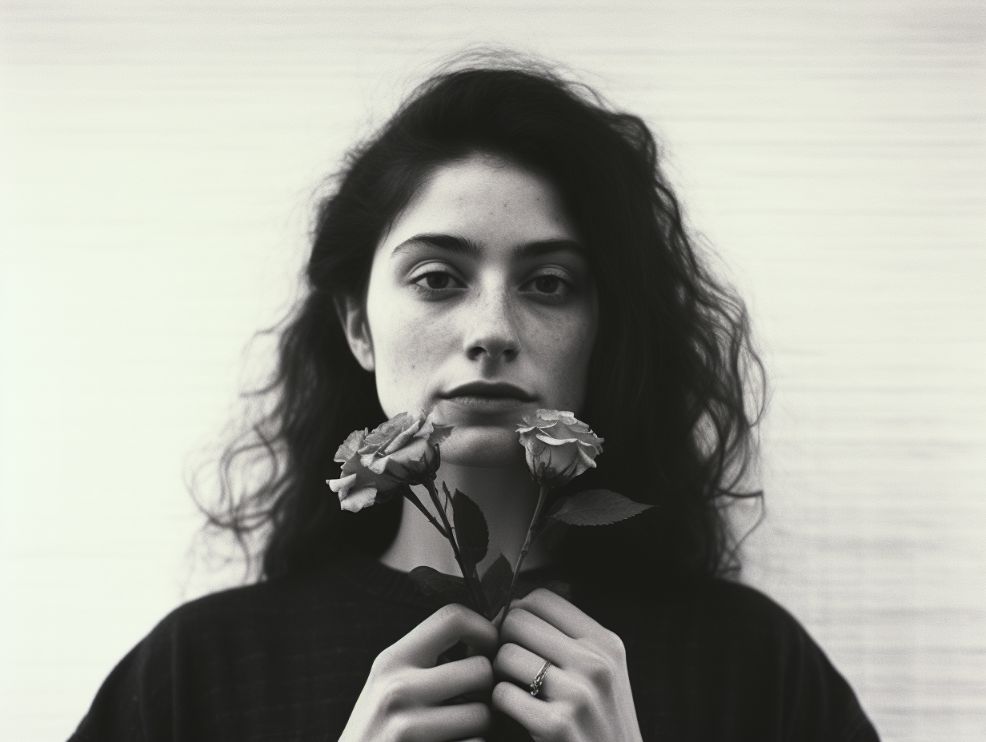
An upper body portrait of a beautiful 28 year old woman, holding a flower, Award-winning photography, Shot on Tri X --ar 4:3 --v 5.2Daguerreotype
If you want to achieve 19th-century color film you can use [Daguerreotype], which was a technique to produce black and white images on a coated copper plates.

photo of a 19th century scientist woman that invented a something liquid chemical in laboratory lab, she is wearing a protective glasses and lab gown, shot on Daguerreotype plate --ar 4:3 --v 5.2Infrared Photography
Infrared photography produces some very distinct effects, which make it aesthetically pleasing. The most striking difference is the “Wood Effect,” where leaves and other things reflect infrared light, giving them a bright white hue in IR photos.
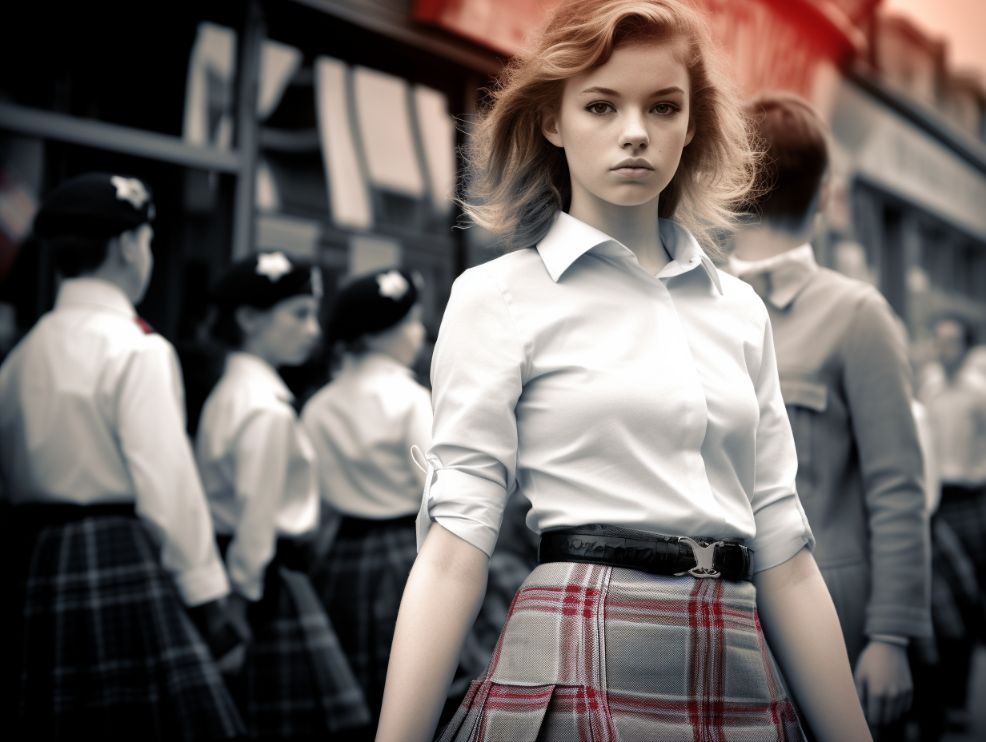
street style image of a young model with school uniformed, short skirt, waiting patiently in a parade, shot on infrared 750 --ar 4:3 --v 5.2
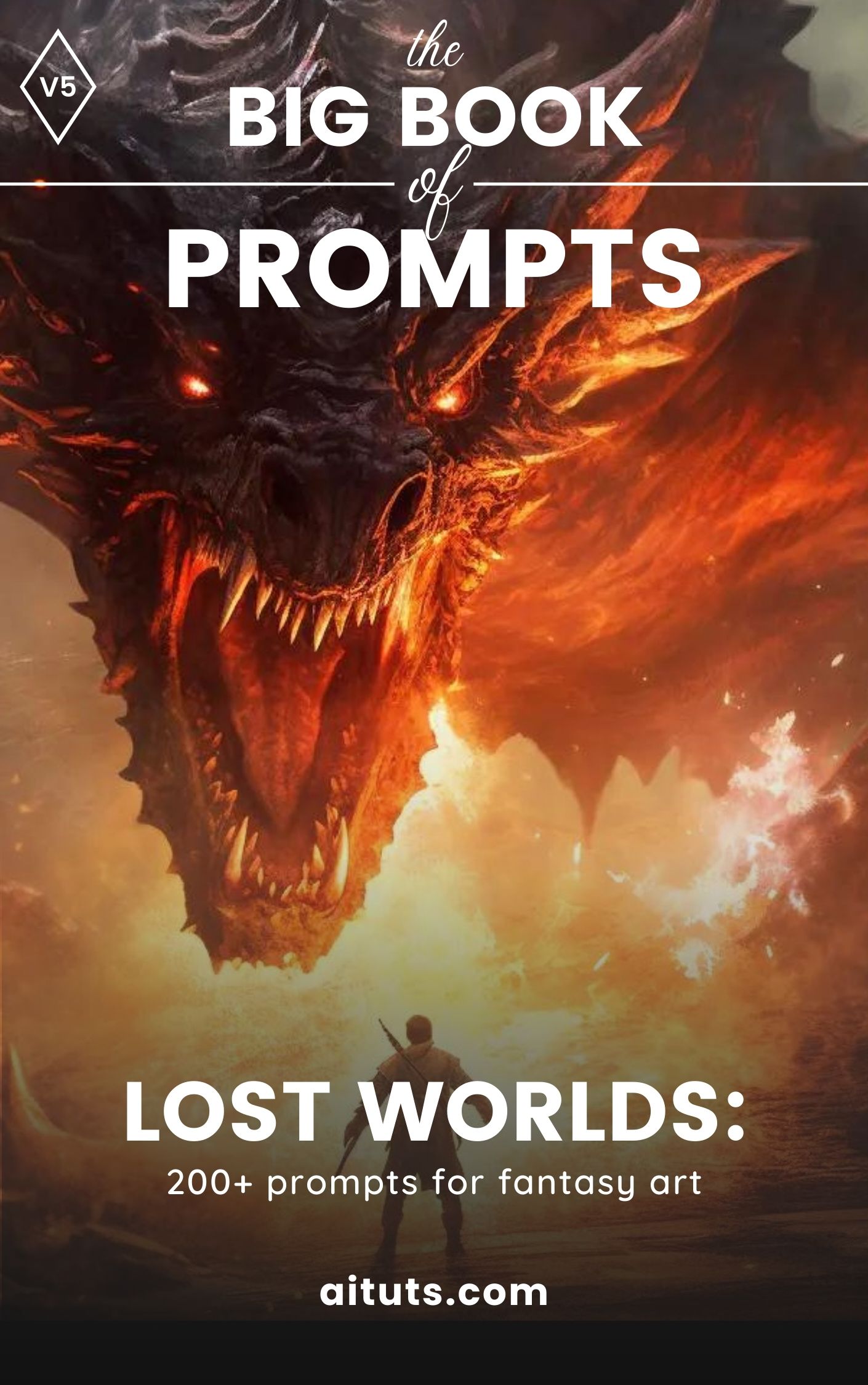
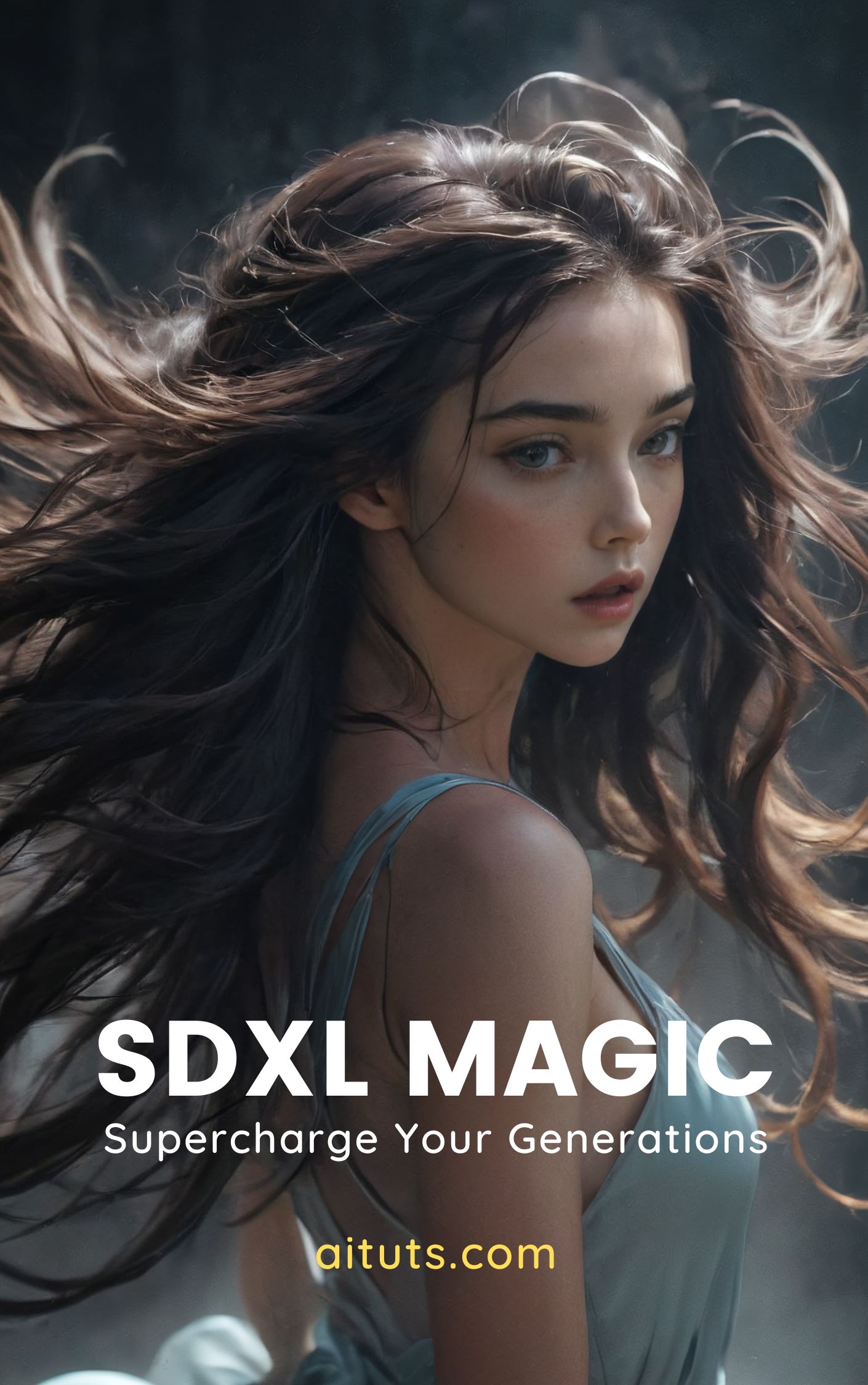
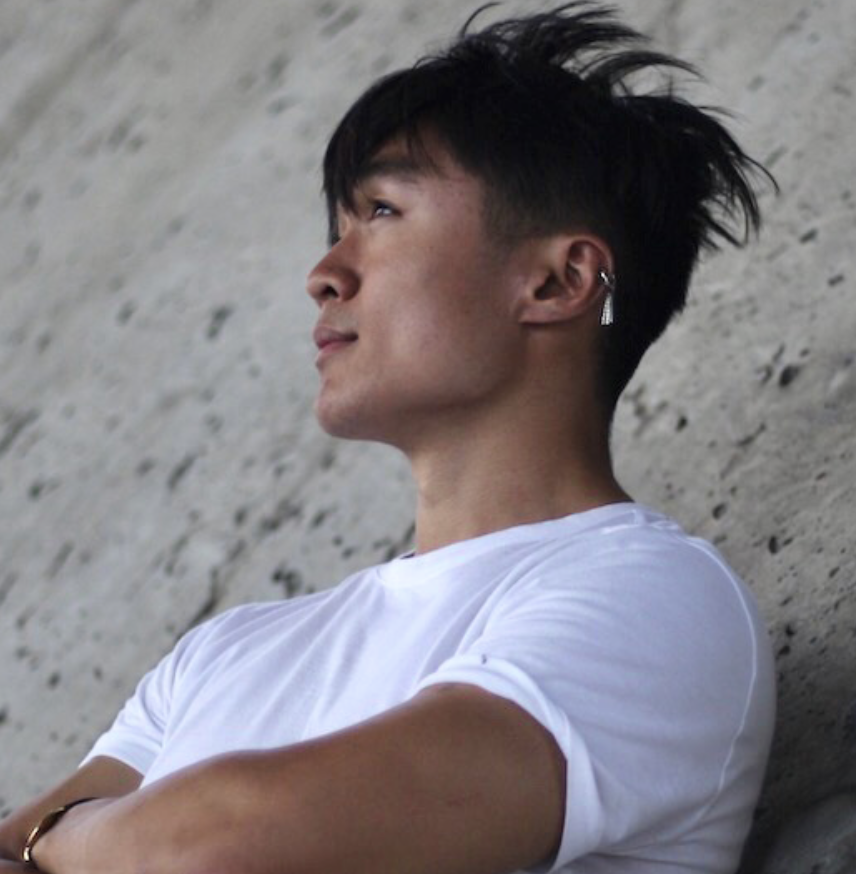
shot on Daguerreotype plate does not work…
Hey mike, you can just use “daguerreotype” as well. Should work in V5 model onwards.
Great information! Thank you!
Glad you like it Brenda!
The problem I have with lighting is trying to make a coaster for cups, it always puts the light at the top of the image, so the bottom half of image is darker, not ideal when trying to make a design for a coaster. I’ve tried all kinds of prompts, no such luck, if anyone can say what kind of prompt it needs then please reply, as the design is an arty design and not a person, please bare that in mind.
Hi. I have one question. How to create staredown pictures of let’s say ancient cultures? For example: staredown between a viking warrior and a Japanese samurai
You can use “staredown” to get the effect you want, however it will be difficult to separate the characters at the moment (Midjourney will attempt to blend them)